Observed Characteristics:
Color:
- red
- orange
- yellow
Morphology:
- papillated
Consistency:
- soft
Locations:
- Bahamas
- Panama
- Colombia
Species Description and Notes
Description: Excavating sponge in which its small (up to 1-2 mm in diameter) red-orange papillae are the only feature visible on the substratum. Inhalant papillae are smaller than oscular papillae; the latter are lined by a vertical thin collar. Upon breaking the coral where the sponge dwells, relatively large (up to 1-2 cm) and contiguous excavating chambers, are revealed, which are filled by orange tissue. A specimen from Old Providece, SW Caribbean, had yellowish papillae when alive (color of the internal tissue was not noted). Consistency of the papillae is slightly tough, and that of the excavating tissue is soft. Megasclere spicules are tylostyles, slightly curved, with slightly ovoid heads (ends slightly bulging) and pointed ends, 170-340 µm long and 5.7-10.0 µm wide, with heads measuring 7.5-15.0 µm in length and 10.0-15.0 µm in width. Microsclere spicules are smooth spirasters, with 2-6 turns, 40-50 µm long and 3-6 µm wide.
Notes: This sponge excavates corals and coral rock in shallow reefs-rocky shores. It can be confused with other red and orange and tiny papillated sponges such as the excavating Pione lampa fo. occulta Rützler, 1974 and C. peponaca Pang, 1973, both pictured here, and the non-excavating but crevice-filling (when in reefs) Tedania ignis (Duchassaing & Michelotti, 1864), also pictured here. Papillae of non-encrusting Cliona delitrix Pang, 1973, pictured here, are larger. One specimen from Old Providence, SW Caribbean, with small yellow papillae was included here (only spicules image) for having a few smooth spiraster microscleres, together with a few Spirastrella-like stout spined spirasters. Other Caribbean yellow Cliona for which we could make comparisons (e.g. C. flavifodina, C. dioryssa, C. amplicavata, also pictured here, did not match this specimen in spiculation. C. vermifera has been reported from the Mediterranean, the Caribbean, Brazil, and even from the eastern Pacific, and has been considered a complex of closely related species occurring in tropical regions around the world (see World Porifera Database).
Author Reference: Hancock, 1867
Link: World Porifera Database
Tissue and Spicule Images
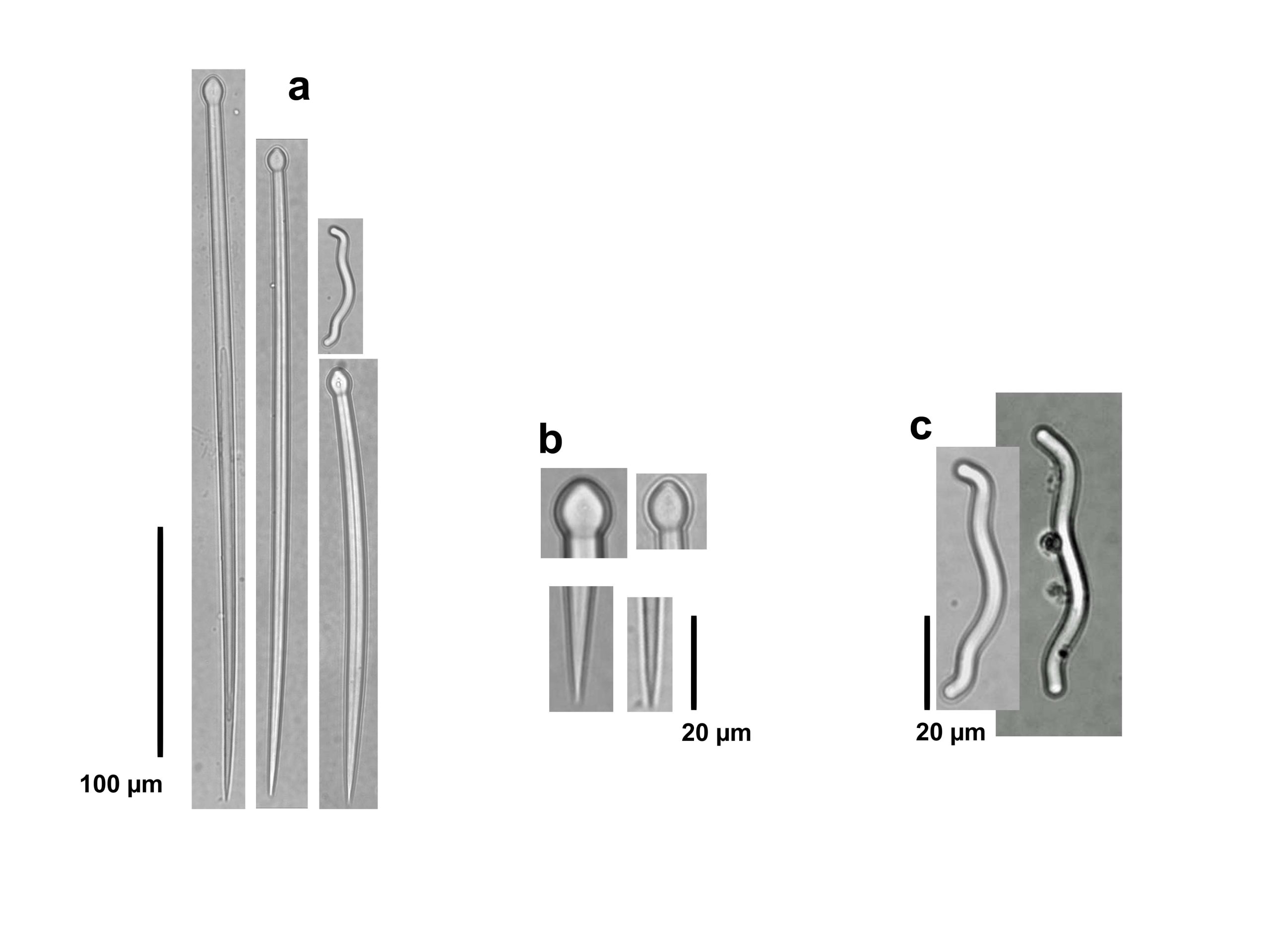
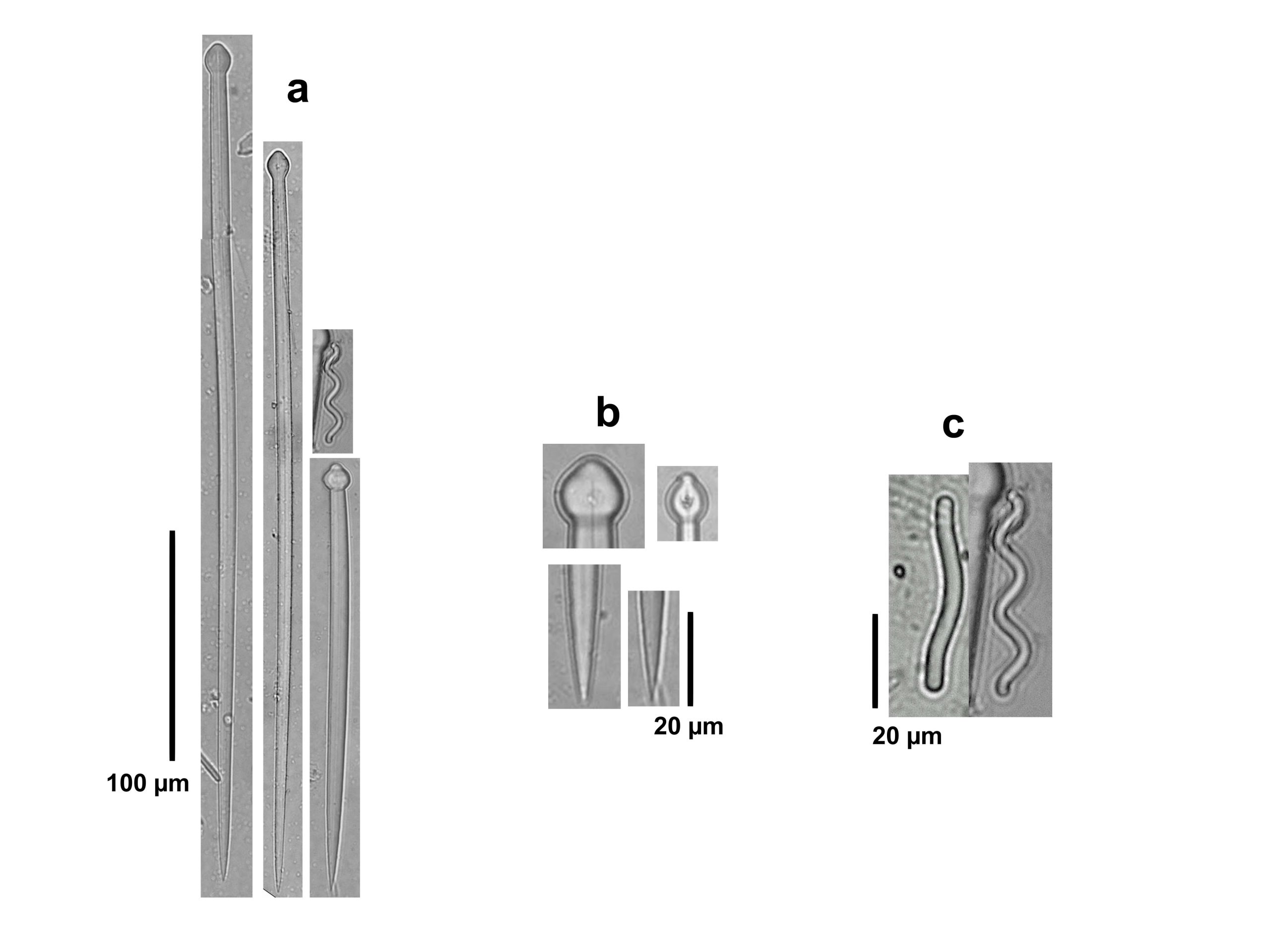
Images
vermifera
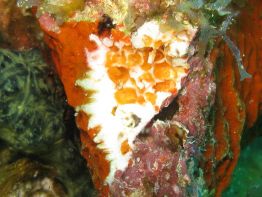
- Location: Sweetings Cay, Bahamas
- Photographer: Sven Zea
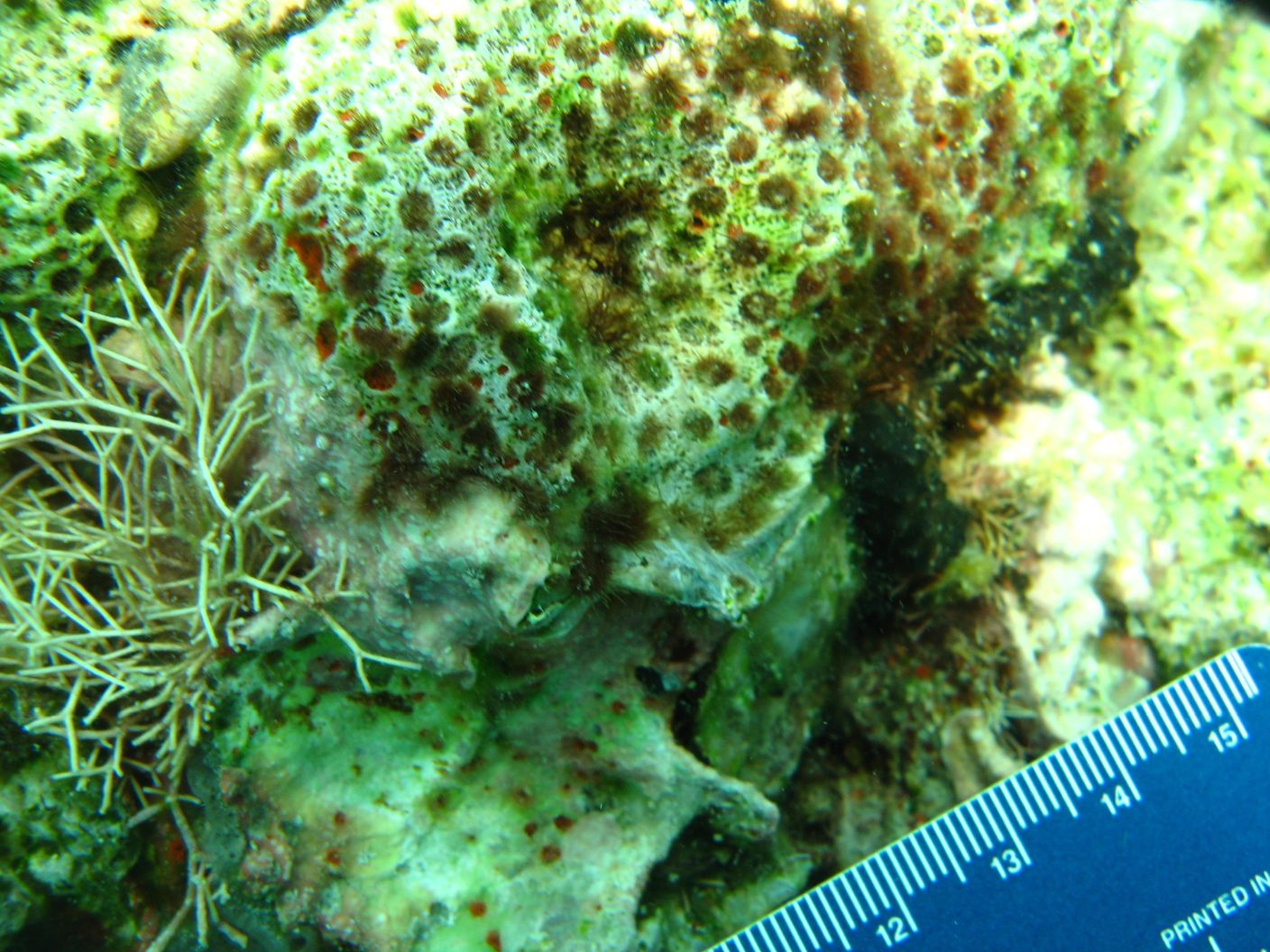
- Location: Bocas del Toro, Panama
- Photographer: Andia Chaves-Fonnegra
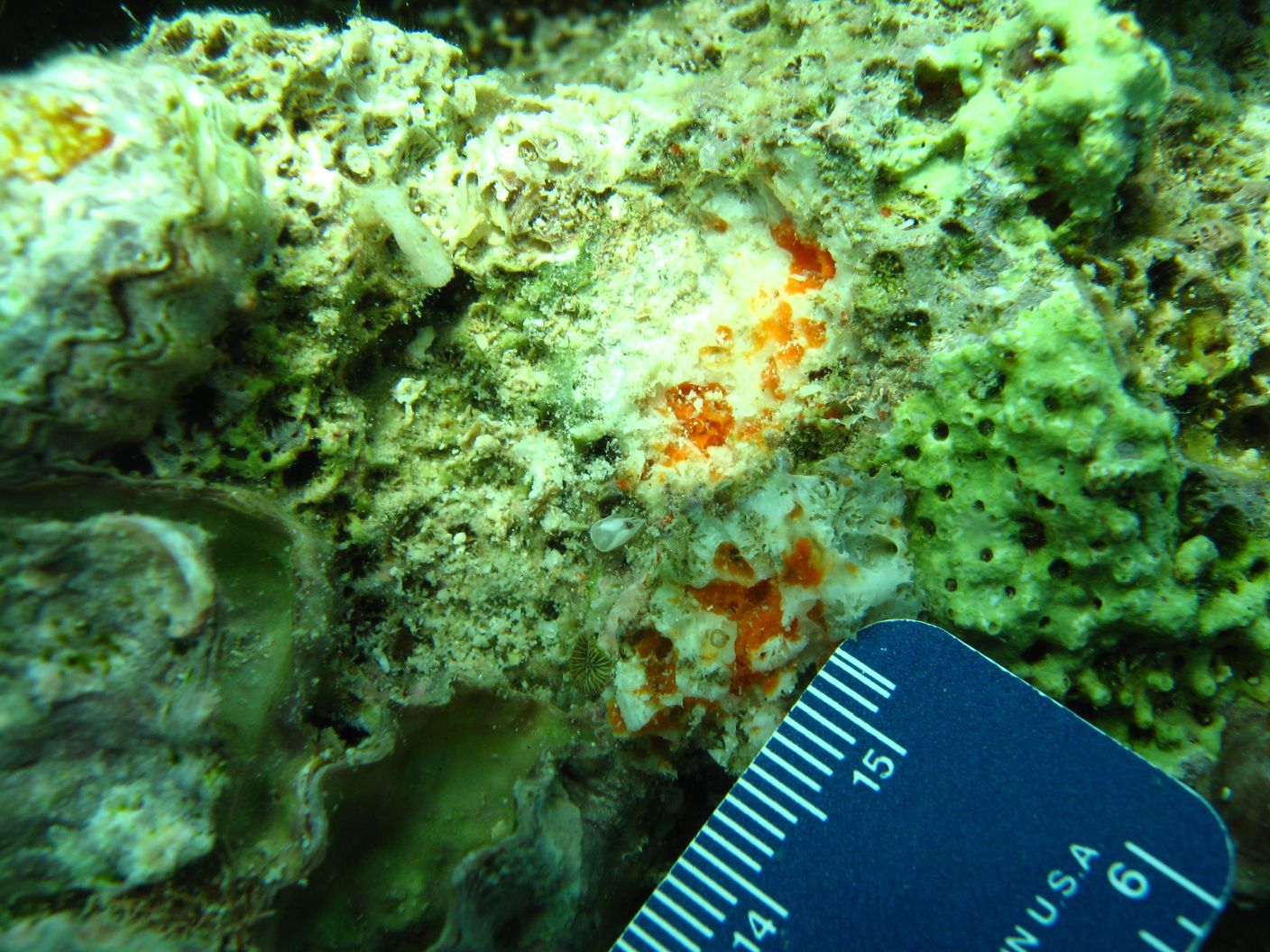
- Location: Bocas del Toro, Panama
- Photographer: Andia Chaves-Fonnegra
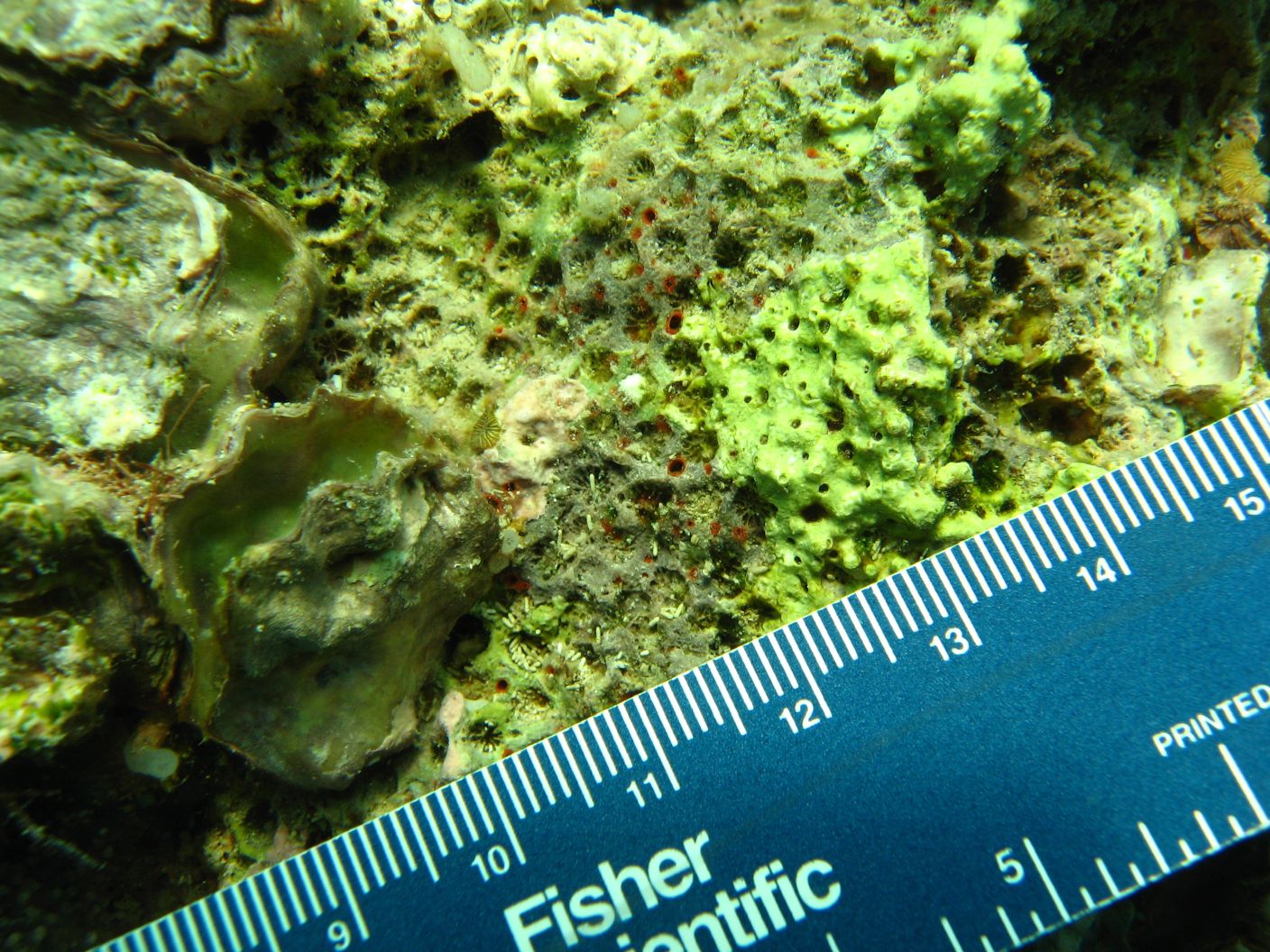
- Location: Bocas del Toro, Panama
- Photographer: Andia Chaves-Fonnegra